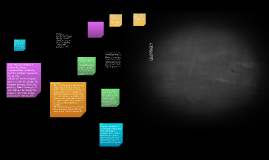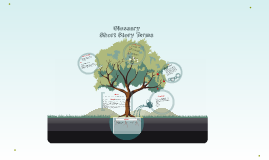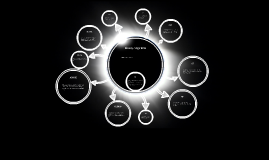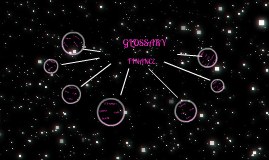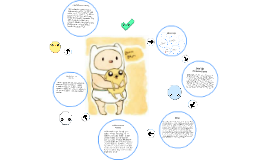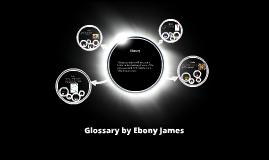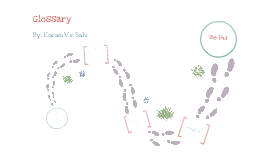GLOSSARY
Transcript: Semiotics: Semiotics it the study of signs. To the human mind, signs are things which relate to others. Just as the letters of the alphabet represent certain sounds and tho or more create others which become words and sentences, two parallel horizontal lines and a closed bracket create a smilie-face. =) Media, Methods, Materials: Media is the visual communication created by what the designer chooses to use. Eg. ink. Methods are the techniques used to create the design. Eg. freehand drawing, sketching, painting, tablet drawings, etc. Materials are the things the designer puts their design on. Eg, paper, canvas, etc. ICT: Computer hardware is the physical components which makes up the computer. This refers to the monitor, keyboard, data storage, hard and disk drives, mouse and system unit components. Technology: As technology evolves and improves, it becomes easier to design and create things. New applications and software can be downloaded off the internet which allow the designer to create their concepts with an ever growing number of tools. Anything from a simple sketch to a hyper-realistic work may be created and stored easily. Drawn images can be scanned to use on the computer and the final project can be printed on any size. GLOSSARY Heat Transfer: Heat transferred printing is a process which uses heat to burn the desired colours into the material chosen, whether it be T-shirt/clothing or paper. It can be done in two ways: With a press or with a printer. Inkjet or electrostatic printers use heat transferrance to print. This method requires ink and stamps/plates for presses and a computer for printers. Principles of Design: Balance: when the whole is divided into parts, the balance is created when those parts are filled with the same objects or the equivalent area/volume of those. an imbalanced or asymmetry is created when there is one large object and a small one or when the one side/part is filled while the other is empty. Unity: unity is the 'whole's' ability to look completed and as though it is meant to be one. When the parts are balanced and work well together, complimenting each other, they are unified. Repetition: repeated shapes, colours, textures, etc. may be used to create unity and balance as they may be spread over the whole. Contrast: when colours or textures are placed next to each other, but they do not compliment each other, there is a contrast. when shapes are placed in an imbalanced way they create a spatial contrast. This may be intentionally used to create an effective whole or some may involuntarily use it, but it ends up looking wrong. Depending on what is being done, it could work or not. Hierarchy: the hierarchy principle may be used to emphasize wording in order of importance. The most important being the largest and the least being the smallest. Paper types: There are many types of paper. Some enhance colour while others enhance black text. Matte paper: this paper is used in everyday printing due to its fast ink-drying properties. This ensures that it doesn't smudge and no fingerprints are left on the paper. Glossy paper: this paper creates vibrant colours and is generally used for photo printing. The glossy finish allows the ink to be absorbed, but it also makes it easier to smudge. Photo paper: this paper is tough and has a glossy film-like finish. The ink dries quickly and it comes in a variety of weights. Bright white paper: this paper is intended for dual side printing the surfaces are non-textured and are designed to prevent prints from being visible on the other side. Card stock: heavy paper which is mostly used for scrap booking, business cards and postcards. It prints slower due to its weight. Inkjet paper: Specifically made for inkjet printers, this includes photo, glossy, card stock, etc. Brainstorming: Brainstorming is the method used when someone puts their ideas on a central topic down to choose which they will develop. There are online sites which may help with ideas. Most brainstorms are drawn on paper with the main idea in the center of the page. Main ideas relating to the topic are then written around that and ideas on the ideas are then extended from those. Image files: JPEG: Joint Photographic Experts Group compression is the most common format for picture files to be saved as on cameras. They have 8 bit sizes for greyscale images and 24 bit for colour. TIFF: These files are 8 or 16 bits ber RGB colour, so their total sizez are 24 0r 48 bit. They are flexible file formats, but are not generally supported by browsers. PSD: Photoshop Documents are the files saved by Adobe Photoshop. PDS files have a limit of 30000 pixels and 3GB. Rendering: Rendering is the application of colour and line to objects to create the illusion or texture, form, etc. Depending on the rendering technique it may make the object seem hyper realistic or cartoon-like. The more advanced the rendering, the more realistic it looks. Rendering may be done in shades of colour, parallel lines at






